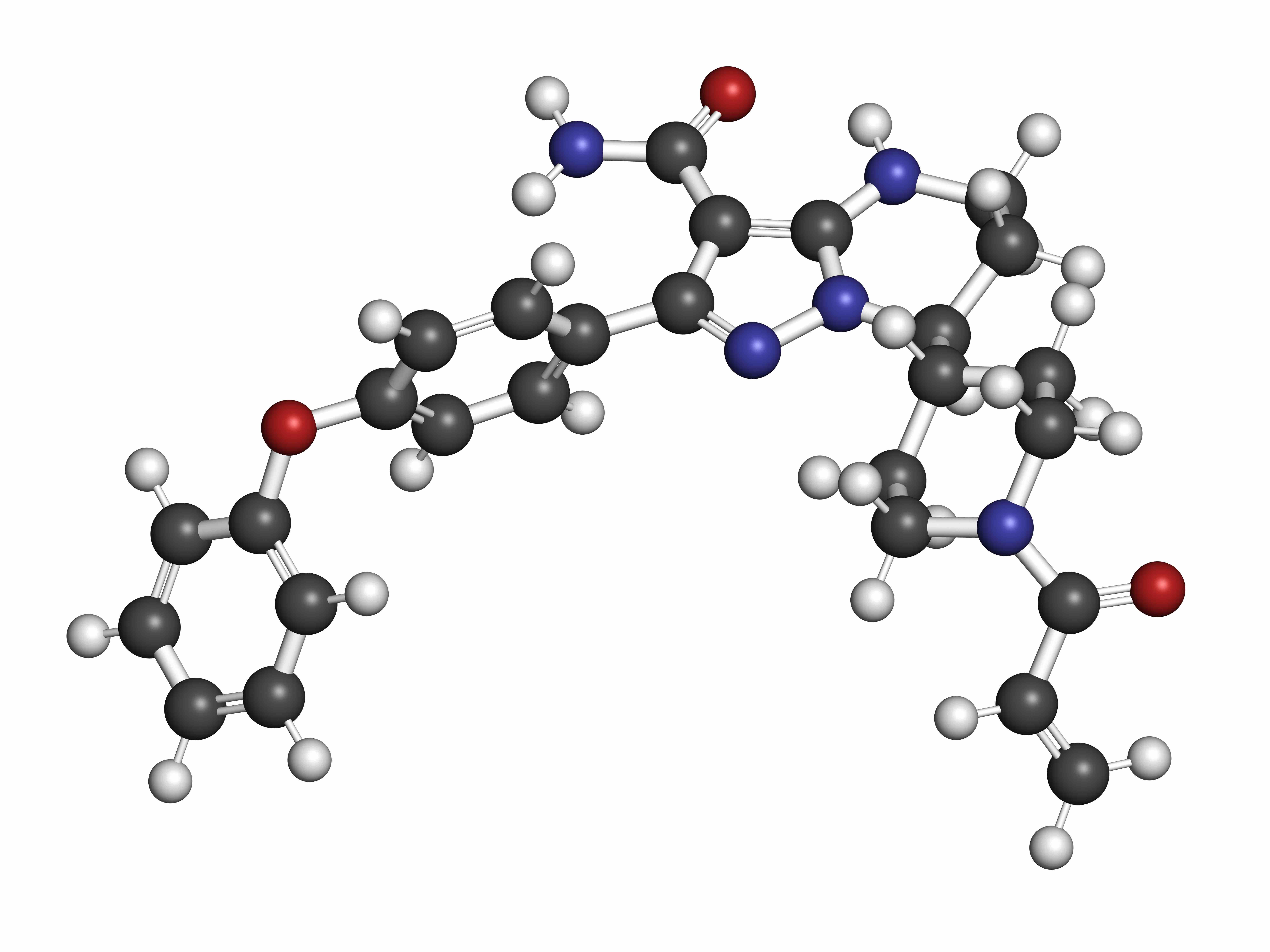Article
Possible New Association Found Between MRD and PFS, OS Among Patients With Mantle Cell Lymphoma
Author(s):
A recent meta-analysis appearing in Journal of Cancer indicates a connection between minimal residual disease (MRD)–positive status and worse progression-free survival (PFS) and overall survival (OS) following induction and consolidation therapies.
A recent meta-analysis indicates a connection between minimal residual disease (MRD)–positive status and shorter, or worse, progression-free survival (PFS) and overall survival (OS) following induction and/or consolidation therapies for patients with mantle cell lymphoma (MCL), according to the findings in Journal of Cancer.
This subtype of non-Hodgkin lymphoma occurs in approximately 3% of patients, most of whom don’t receive their diagnosis until their disease has reached an advanced stage, the study authors indicated. “In recent years, MRD detection has shown specificity and sensitivity for diagnosis and efficacy assessment in NHL,” they wrote.
Their literature search encompassed 10 articles found in PubMed, Embase, Web of Science, and the Cochrane Library, using such terms as “neoplasm, residual”; “lymphoma, mantle cell”; and “MRD.” The publication deadline of July 15, 2020, was used, with data extracted on patient characteristics, MRD assessment, and survival. All included data on PFS, while 6 had data on OS.
Overall results show that the patients from these studies had a median age of 55 to 73 years, received multiple induction therapies, and received postconsolidation therapy that consisted of rituximab, bortezomib, interferon-α, or rituximab. Nine studies assessed MRD status after induction, 4 did so after autologous stem cell transplantation or during maintenance, and 4 after consolidation.
For the impact of postinduction MRD on PFS and OS, data were available on 607 (n = 246 MRD-positive; n = 361 MRD-negative) and 326 (n = 141 MRD-positive; n = 185 MRD-negative) patients, respectively. The results overwhelmingly point to MRD-positive patients having worse PFS (HR, 1.44; 95% CI, 1.27-1.62; P < .0001) and OS (HR, 1.30; 95% CI, 1.03-1.64; P = .03).
An additional 5-year pooled data analysis showed, too, results that favored better outcomes among MRD-negative patients for both PFS and OS:
- PFS: 68.9% (95% CI, 61.4%-77.3%) vs 42.8% (95% CI, 31.8%-57.6%
- OS: 82.3% (95% CI, 76.1%-88.9%) vs 63.6% (95% CI, 54.8%-73.8%)
For the impact of postconsolidation MRD on PFS, data were available on 489 (n = 111 MRD-positive; n = 378 MRD-negative) and 210 (n = 36 MRD-positive; n = 174 MRD-negative) patients, respectively. Again, MRD-positive patients had worse PFS (HR, 1.84; 95% CI, 1.49-2.26; P < .0001). However, the gap in the pooled 5-year measure was much wider. MRD-negative patients came in at 70.5% (95% CI, 65.5%-76.0%) vs 28.4% (95% CI, 17.5%-46.0%) for MRD-positive patients.
Regarding posconsolidation OS, the result was deemed significant in that MRD-positive status had a more than 2-times greater chance of leading to death (HR, 2.38; 95% CI, 1.85-3.06; P < .0001). Here, too, the 5-year pooled data show a similar wide gap for MRD-positive vs -negative status: 24.6% (95% CI, 11.9%-51.0%) vs 81.1% (95% CI, 75.5%-88.6%), respectively.
“This study indicated that MRD positivity after induction and consolidation treatments was associated with worse PFS and OS for MCL,” the authors concluded. “MRD-based treatment strategies should be further explored in clinical trials and real-world practice.”
They hope their findings inform the timing of MRD assessment and decisions on therapy, but believe that “MRD detection should be determined to specific circumstances and should follow standardized protocols.”
Study limitations include lack of individual-level data, MRD cutoff value, and type of induction therapy.
Reference
Zhou Y, Chen H, Tao Y, Zhong Q, Shi Y. Minimal residual disease and survival outcomes in patients with mantle cell lymphoma: a systematic review and meta-analysis. J Cancer. Published online January 1, 2021. doi:10.7150/jca.51959




